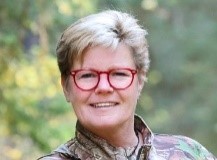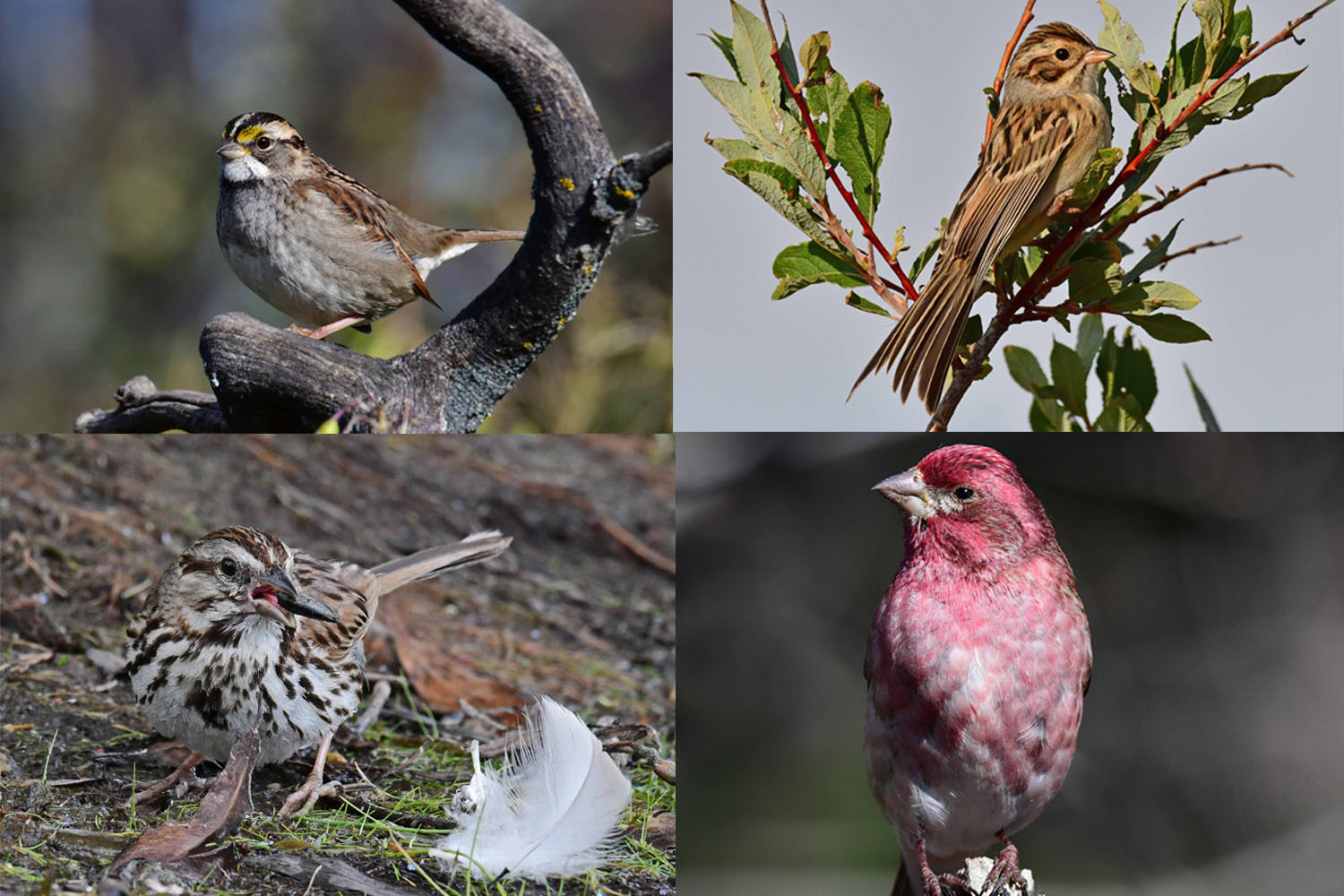(800) 563-7333
May 05, 2022 | Myrna Pearman, Chin Ridge Seeds (en-CA)

This article is part of our "Ask Myrna" Backyard Bird Feeding Series.
Spring is officially here! Some of the early migrants have already arrived while most species will be arriving and/or moving through the province throughout the month and into early May.
Spring migration is fraught with many challenges. Birds face harsh weather conditions, especially extreme spring storms, as well as such human-caused hazards such as habitat destruction, night-lit buildings, power lines and wind turbines. The birds need to arrive early enough to claim a good territory, but not so early that their food supply isn’t yet available.
There isn’t much we can do to help the early arriving insect-eating birds, but we can assist the seed eaters by keeping our backyard bird feeding stations topped up. The spring arrivals that show up in our yards and gardens can be hungry, so supplemental food will help boost their energy reserves.
The most common early spring seed eaters that show up across the Canadian prairies are the American Tree Sparrows and Dark-eyed Juncos. These species are followed by Purple Finches as well as other native sparrow species, especially Chipping Sparrows, Savannah Sparrows, Fox Sparrows, Song Sparrows, Lincoln’s Sparrows, White-throated Sparrows and White-crowned Sparrows. Spring is a great time to pay attention to these native sparrows, as they are in breeding plumage and—although their coloration is not as striking as more brightly attired birds—they each have their own beauty and can be easily identified with careful observation.
April is the month when most bird feeding enthusiasts make an effort to clean up the mess of sunflower husks that have accumulated under their feeding stations all winter. Since sunflowers take a long time to degrade and contain allelochemicals (chemicals that suppress the growth of other plants), there is some controversy about whether sunflower hulls should be composted. The general consensus is that small quantities can be safely added to a compost pile, especially if it is actively maintained. I rake up all the accumulations under my feeder each spring and scatter it in the nearby woods.
Sunflowers and sunflower chips are excellent choices for both your regular feeder patrons as well as the seed-eating spring migrants. Excellent birdseed blends include Epic Blend, Songbird Mix, Gourmet Feeder and Wildbird Premium. Once the Purple Finches show up, Finch Blend can be added.
While Purple Finches prefer tube or hopper feeders, native sparrows prefer to feed on the ground and tend to be quite shy. To accommodate these spring visitors, I recommend scattering small quantities of seed at a time in various places around your yard, especially near shrubs and under coniferous trees. Observe which species come in and where they prefer to feed. Adjust quantities and feeding schedule accordingly.
